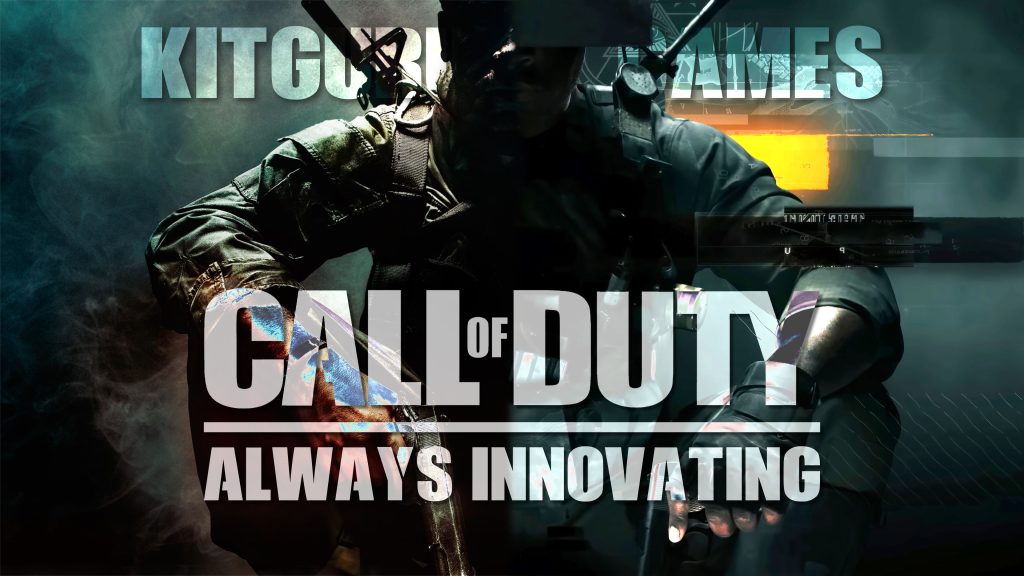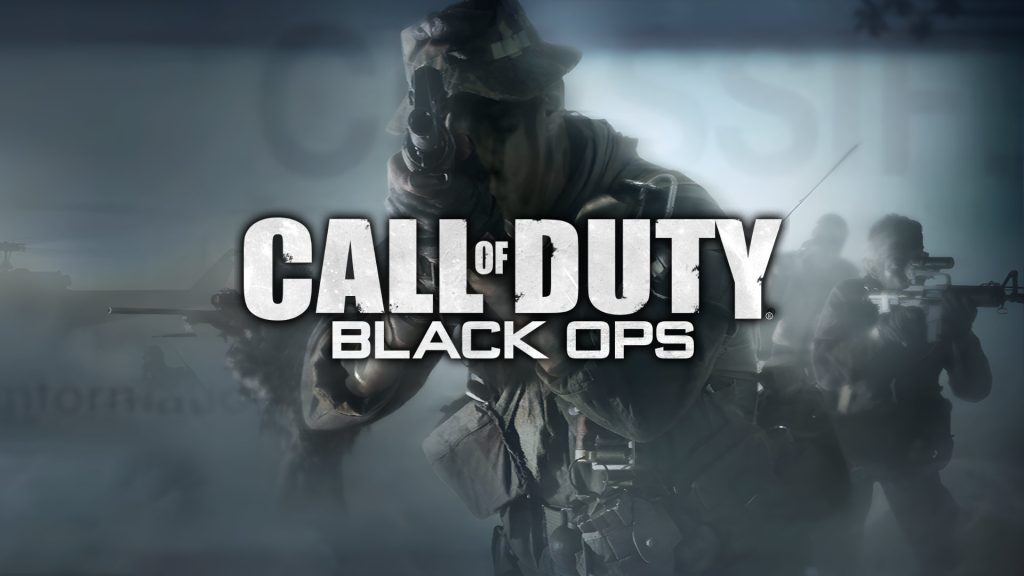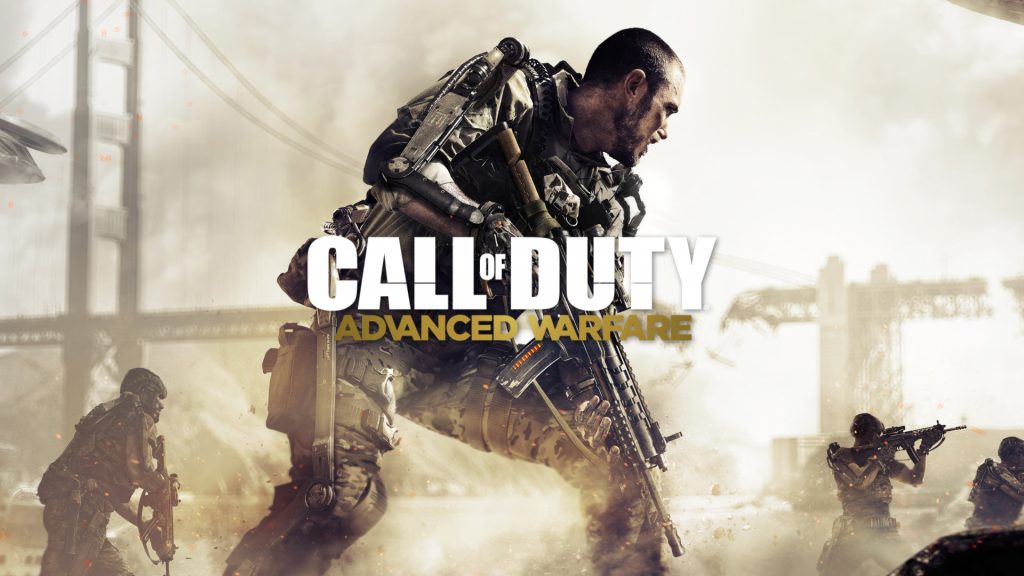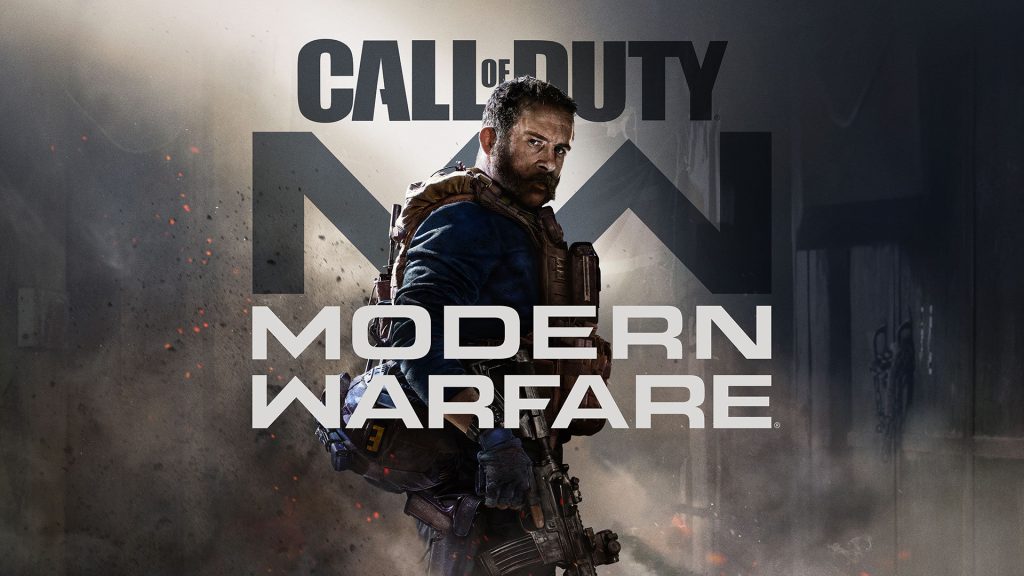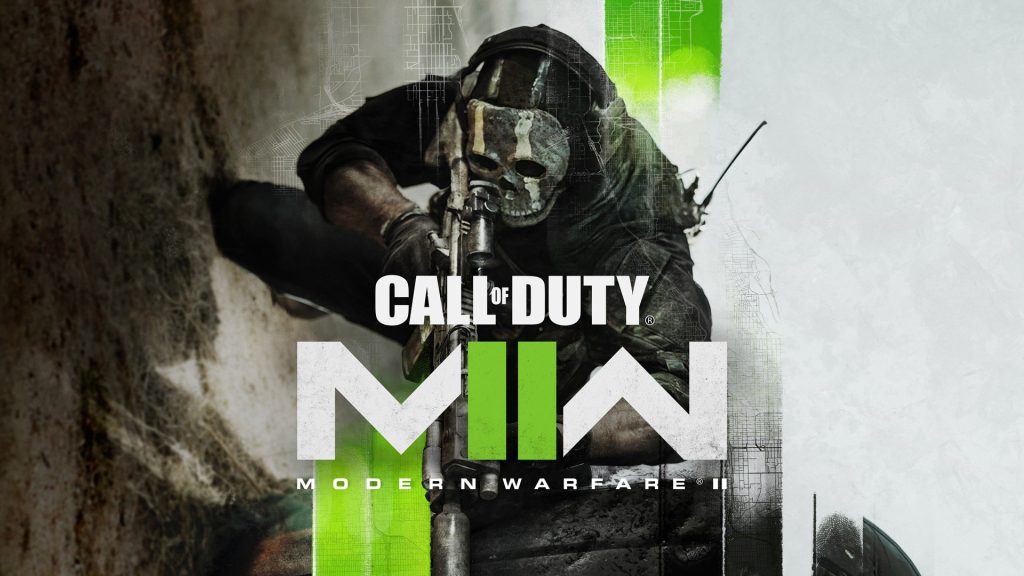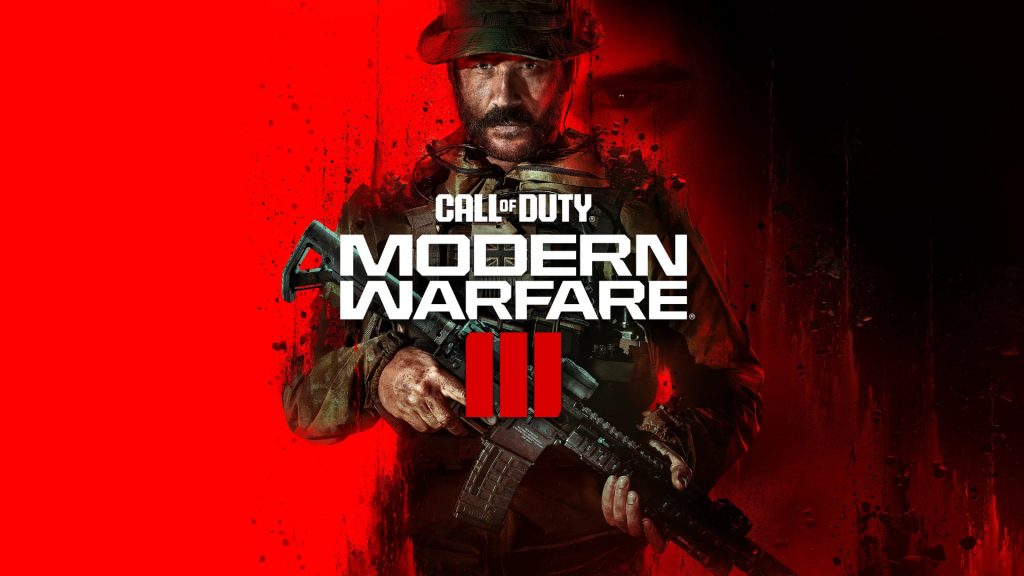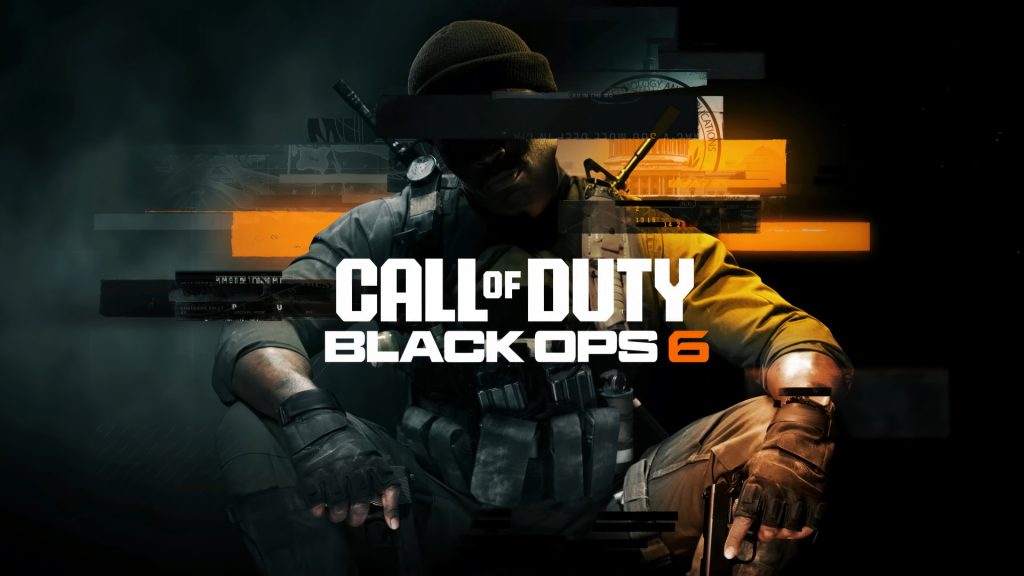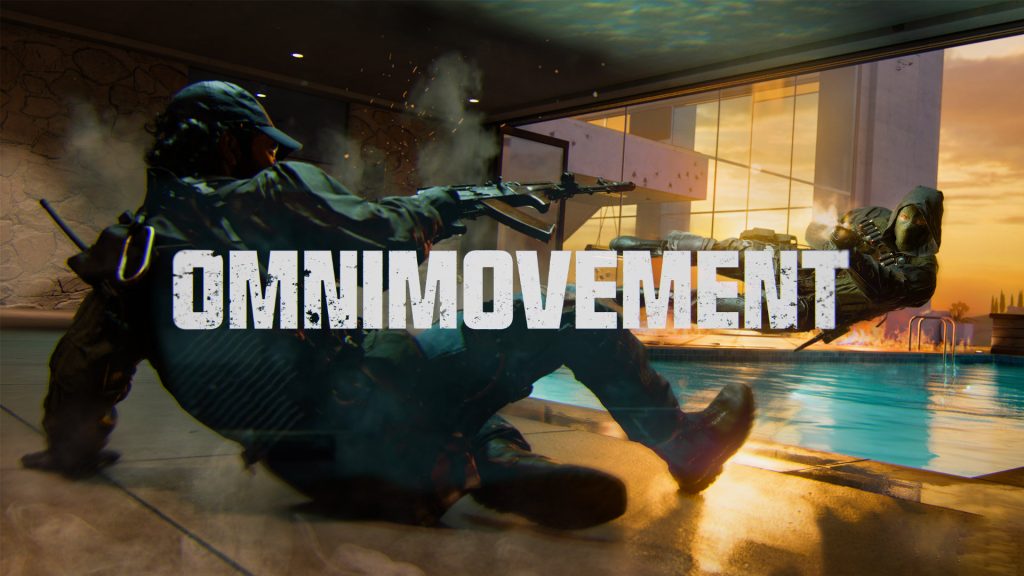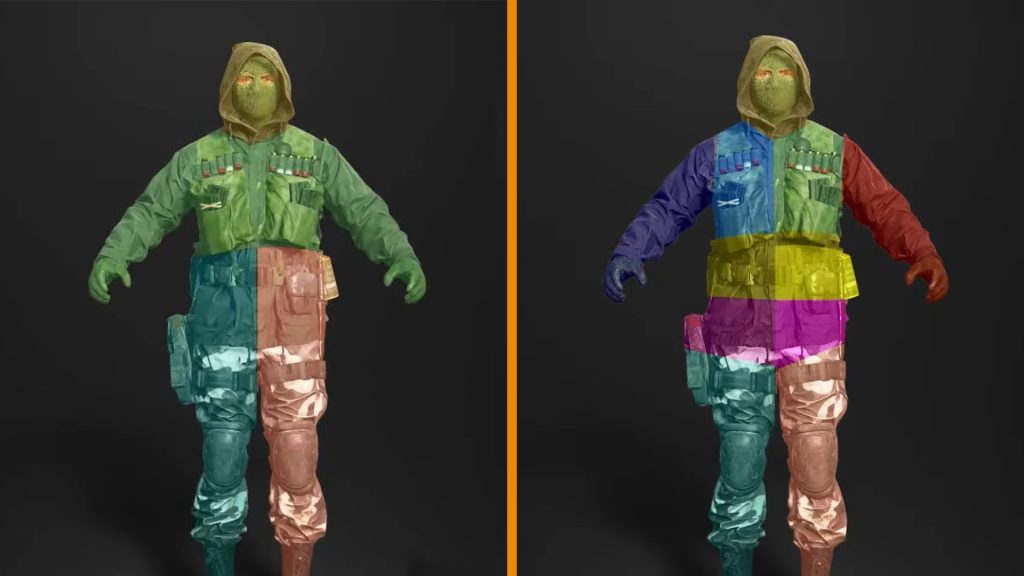It’s cool to hate on popular things. This is one of the reasons why Call of Duty sees so much backlash every single year. With each new COD, many claim it to be the worst one yet, with fans giving prior releases a critical re-examination and determining them to have been better than they were given credit for at the time. Infinite Warfare immediately became one of the most disliked videos on all of YouTube when its first trailer dropped, with little in the way of positivity upon its actual release. Many years removed from it, and players have claimed it to be one of the series’ most underrated entries, with a compelling story and interesting ideas. Given enough time, pretty much every COD game has been more greatly appreciated long after the fact.
When it comes to first-person shooters, by far the most important aspect is gameplay and mechanics. In this regard, Call of Duty has long been unmatched. Despite common consensus claiming the contrary, I’ve written extensively on the plethora of innovations and improvements which Call of Duty has made over its recent entries – with MWIII in my opinion adding what could very well be the next revolution in the FPS genre with the tac-stance.
Many bemoan the fact that Call of Duty is the same thing every year, and though the series does of course have its own shared DNA, the current perception of COD is one which does a great disservice to the folks at Treyarch, Sledgehammer Games and Infinity Ward (alongside all the support studios) who year-over-year have introduced so many new and interesting mechanics. While some are hits and others misses, I want to shine a spotlight on the MANY under-appreciated gameplay innovations which Call of Duty has brought with it over the years.
I recently took a look at Ubisoft’s new ‘Call of Duty killer’ known as XDefiant, and while I enjoyed my time – and it will certainly find its audience – each successive match began to show me just how much Call of Duty has changed, evolved and improved over time.
As I mentioned in my previous KitGuru Games, XDefiant is competing with Modern Warfare 3 (2011), not Modern Warfare III (2023). This is because much of the core movement, gunplay and level traversal feels like Call of Duties of old, and that’s not a bad thing.
But, Call of Duty in today’s day and age has evolved far beyond that of its predecessors, with each new entry bringing at least one pretty major new gameplay function to board.
One of the earliest examples can be seen with the original Black Ops and its introduction of Dolphin Diving – giving players a new way to gain a bit of extra horizontal distance while also being used to avoid gunfire and hide between different points of cover.
Skipping ahead a bit, we later saw this system replaced by the slide, which has now become a staple in the series since 2014’s Advanced Warfare.
Speaking of, Advanced Warfare – as is in the name – introduced a whole set of new and advanced movement abilities, including the Exosuit functions such as boosting; slide dodging; back sliding; mantling and more.
Black Ops 3 altered movement once again with its own implementation of jetpacks alongside wall running, swimming, and (inadvertently) slide hopping.
I could spend the rest of this piece dissecting the impact of all these changes and additions, but just as the Call of Duty train never slows down, neither can I.
Modern Warfare’s soft reboot in 2019 is where things really begin to come together. Aided by the revamp of their IW Engine, Infinity Ward reintroduced the world of the modern era of COD – accompanied by a more tactical approach to gameplay.
While COD as a series will always be the run-and-gun shooter that people love/hate/love to hate, MW2019 fundamentally changed how players interact with themselves, other combatants, and the very ground they walk on.
Tactical sprint allows you to gain a temporary boost in speed beyond that of a regular sprint, however it becomes harder then to ready yourself for any surprise attacks from enemies.
While mantling had been a feature for a while now, MW2019 once again reinvented it with pretty much any and all surfaces which you think could be mantleable, now indeed being so. This not only exploded the potential for map design, but also allowed for an increased level of verticality, as well as plenty of opportunities to hide, sneak, or flank players.
Your character could also interact with the world in a number of other ways, now being able to open/close doors; peek around said doors by slowly opening them; and mount any weapon on horizontal or vertical surfaces for an increase in weapon stability at the cost of mobility.
2022’s Modern Warfare II expanded on all these mechanics, now letting you both slide and (for the first time in a while) dolphin dive, each having its own pros and cons – with sliding being advantageous for allowing you to shoot while doing so and offering much greater control in general.
Dolphin diving meanwhile prevents you from shooting, but has you move in a trajectory which is tougher to predict by enemies – and the speed at which you fall feels faster, meaning you should be able to get behind cover both quicker and from further away.
Beyond this, MWII also added ledge-hanging, taking the previous mantling system and essentially offering a mid-way stopgap in which you can now peek over walls with your pistol while hanging off of the cover – then being able to either hop over the wall, or fall back down depending on what or who is on the other side.
Speaking of pistols, MWII also allows you to hotswap to your pistol in moments of surprise attacks, one-handing the weapon in order to shoot faster but with less precision. Last but certainly not least, MWII also saw the introduction of night maps, which when using night vision goggles, prevented you from aiming down sights.
As a result, the devs introduced canted laser sights, with your aiming now having the character tilt their weapon to the side in order to project out a laser to allow for more precise aiming – albeit with a wider bullet spread.
The folks at Sledgehammer Games took this idea and innovated upon it further, creating the tac-stance for MWIII in what I have described as being an “FPS revolution”.
Instead of needing to use a highly specific attachment, all primary weapons (and some secondary) now have a 3rd style of aiming added as an option.
Alongside firing from the hip and aiming down sights, the tac-stance functions as an in-between: an alternate fire mode which when engaged changes the ADS toggle to a pretty cool looking left-sided stance and instead of bringing up your red dot sight or irons, your crosshairs compress and compact themselves to a much tighter spread while simultaneously offering a greater and more clear field of view when compared to standard ADS-ing (while also affecting aim-assist in its own unique way).
As mentioned in my MWIII analysis, this single addition fundamentally changes the way Call of Duty can be played, and while not everyone has shown their appreciation for this feature, some developers have clocked onto its potential.

During the most recent Summer Game Fest showcase, the upcoming free-to-play FPS Delta Force: Hawk Ops showed off what was clearly its own tac-stance implementation during the gameplay trailer.
Given time, as I predicted, the tac-stance could become as standard as regular ADS in the shooter genre – a new function which many dismissed as a gimmick in MWIII.
This brings us to Call of Duty: Black Ops 6. While we have yet to get our hands on the game, the team at Treyarch did offer somewhat of a deep dive into the new gameplay mechanics coming with the upcoming shooter.
Like with most years – as I have now established – 2024’s Call of Duty is once again bringing a ton of new gameplay functions which may or may not stick with future entries, but regardless are innovations which are welcome to see – for the potential alone if nothing else.
Core to the gunplay, movement and level design with this year’s COD will be the addition of ‘omnimovement'. Described as being built from the ground up, players in Black Ops 6 will be able to sprint in any direction; dive in any direction; adjust aiming freely while prone (known as supine prone), and possibly slide in any direction too.
On top of this, all the mechanics related to doors have been improved upon with further interactivity, as you can now shoot doors to open them in addition to all the previous breaching functions.
Weapon mantling has also been innovated upon, with a dynamic system in which your player character shifts their weight and sights automatically as you peek around corners, giving you that extra tactical advantage without needing to manually mantle your weapon to a surface – speeding up gameplay while maintaining player control.
Finally, the team also announced a new damage system, in which all enemies now have many more hit zones – going from just 4 to 9 separate regions on their bodies, making every shot count just that little bit more.
Of course, we will have to wait and see how all these new additions and changes pan out. It could be a complete disaster which destroys the flow of matches or could evolve into having a ludicrously high skill ceiling; ruining the fun for those of a lower skill level…but I doubt it.
Regardless, I welcome each and every new mechanic which the teams at Activision throw at us, as despite what many seem to think, Call of Duty has been and will remain the most innovative first-person shooter on the market – even if players don’t appreciate it at the time.
Discuss on our Facebook page HERE.
KitGuru says: What do you think of the evolution of Call of Duty’s mechanics? Do you welcome experimentation? What’s your favourite mechanic introduced by COD in the past decade? Let us know down below.
 KitGuru KitGuru.net – Tech News | Hardware News | Hardware Reviews | IOS | Mobile | Gaming | Graphics Cards
KitGuru KitGuru.net – Tech News | Hardware News | Hardware Reviews | IOS | Mobile | Gaming | Graphics Cards


